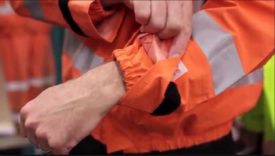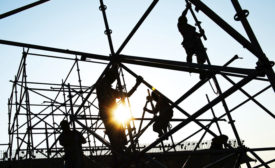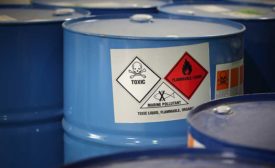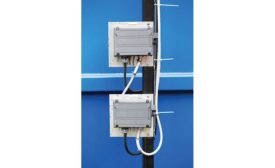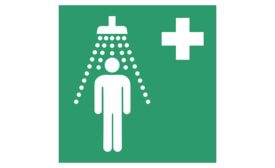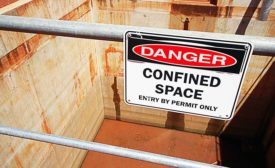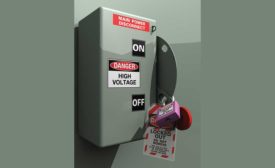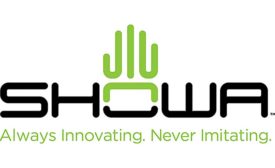Featured on Home Page
Electronic Submission of Injury and Illness Records to OSHA
Final rule to improve tracking of workplace injuries and illnesses
January 1, 2017
Become a Leader in Safety Culture
Build your knowledge with ISHN, covering key safety, health and industrial hygiene news, products, and trends.
JOIN TODAYCopyright ©2025. All Rights Reserved BNP Media.
Design, CMS, Hosting & Web Development :: ePublishing
